"Why does my neck hurt?"
If you're asking this question, you're not alone. Neck pain, known in the medical community as cervicalgia, is the 4th leading cause of worldwide disability. Around half of all individuals will experience significant neck pain in their lifetime.1
Physical therapy is a common solution to neck pain, and when done correctly it can also be the most effective. Our team of experienced physical therapists have combined their experience to create this guide detailing everything you need to know about neck pain and physical therapy.
Key Takeaways
- Symptoms of neck pain are not always limited to just the neck.
- The most common causes of neck pain are stress and anxiety, age-related arthritis, acute injury, and poor posture. But there are many others.
- Physical therapy can help your neck pain when applied using an approach tailored to your condition and needs.
- The primary objectives of physical therapy for neck pain is to manage and eliminate your pain, avoid surgery, and come up with a plan for long-term care.
Before we get into how physical therapy can help you and your neck pain, let's talk first about where it comes from and how it's diagnosed.
Table of Contents
- What is Cervicalgia (Neck Pain)?
- Common Symptoms of Cervicalgia (Neck Pain)
- What Causes Neck Pain?
- How to Prevent Neck Pain
- Treat and Fix Your Neck Pain: A Physical Therapy Approach
What is Cervicalgia (Neck Pain)?
Cervicalgia is the official medical term for chronic neck pain. However, it can also include headaches and pain that "refers" down the shoulder and arms when nerve tissue is involved.
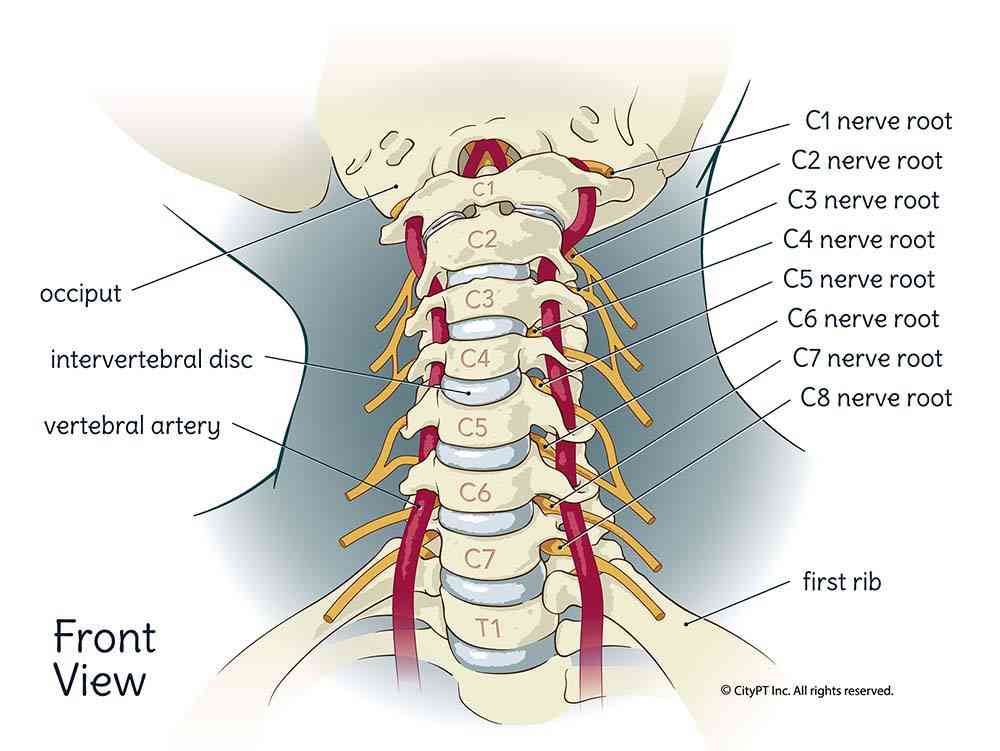
The cervical (upper) spine consists of the top 7 vertebrae of the spine between the skull and the top of the shoulder blades.2 Your specific symptoms will help identify the best treatment options for you.
Common Symptoms of Cervicalgia (Neck Pain)
The symptoms of cervicalgia (neck pain) can vary depending on the underlying cause. However, the most common symptom is pain that is felt in the neck. This pain can range from a dull ache to sharp or throbbing pain and be acute or chronic in nature.
Neck stiffness
A chronically stiff neck is one of the most common symptoms of cervicalgia. Stiffness in the neck usually makes it hard to move or tilt the neck and can also limit your ability to look up or down.
You may also feel discomfort when you bend forward, lift, cough, or do anything strenuous.
Inability to Rest Your Neck
Laying in bed and resting should make your neck feel better. But if you can't or it makes things worse, there's a good chance you have cervicalgia.
Neck tenderness
If it hurts to touch your neck, the muscles surrounding your vertebrae could be affected. To address this discomfort, you need to deal with the underlying problem.
Neck spasms
Sudden sharp pains or muscle movements, also known as muscle spasms muscle spasms, in the neck are a common symptom of chronic neck pain.
Headaches
Chronic headaches have many causes, but they could be coming from your neck.
Nerve-Related Symptoms of Cervicalgia
When the health of neural tissue in the neck is compromised or over-sensitized, it can lead to the following cervicalgia symptoms:
- Tingling or numbness in the arm
- Radiating pain into the shoulder, arm, wrist, or hand
- Arm weakness or loss of grip strength
- Difficulty with coordinated use of the arm or neck muscles, such as with reaching or turning the head
- Dizziness or feeling off-balance
- Nausea
- A change in bowel or bladder control
What Causes Neck Pain?
A wide range of underlying causes can lead to neck pain. Knowing the causes of your neck pain, with the help of your healthcare provider, will help you manage your pain effectively.
This diagram of the neck and neck-related muscles shows just how much could be involved with your neck pain. Determining the root cause is essential for finding the proper treatment plan.
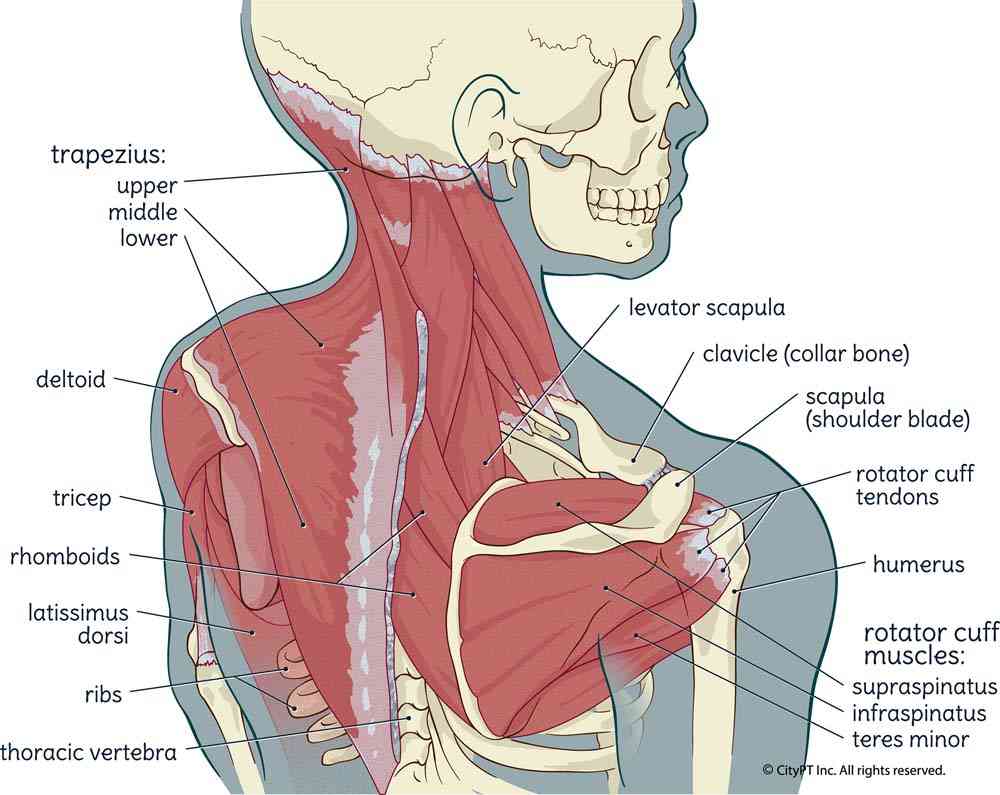
Here are some of the more common causes of neck pain aka cervicalgia:
Age-related changes of the spine (Arthritis)
This includes degenerative disc disease, where the shock-absorbing discs of the neck lose their normal height and elasticity. Ultimately, this can lead to the onset of osteoarthritis (loss of joint cartilage and mobility), cervical spondylosis, and radiculopathy. (See these conditions below.)
Acute Injury to the Neck
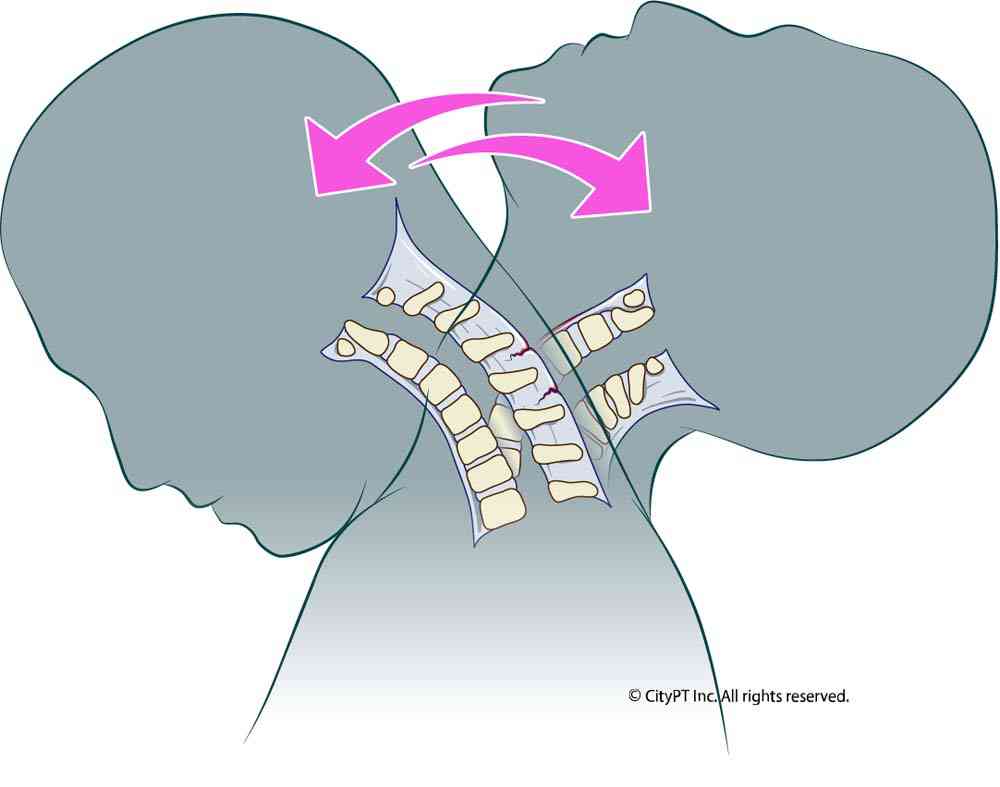
An acute injury to the neck or head happens suddenly, such as whiplash (neck strain) or a concussion from a car accident, sports injury, or a fall. Whiplash, concussion, or other previous neck injury can lead to chronic lingering dysfunction.
Poor Posture and/or Muscle Imbalances
The muscles and surrounding connective tissue of the neck work best when in an optimal position. To avoid what is considered "poor posture," the head and neck should be held in a neutral position that allows the muscles to work in balance with less amount of strain.
Stress, Anxiety, or Depression
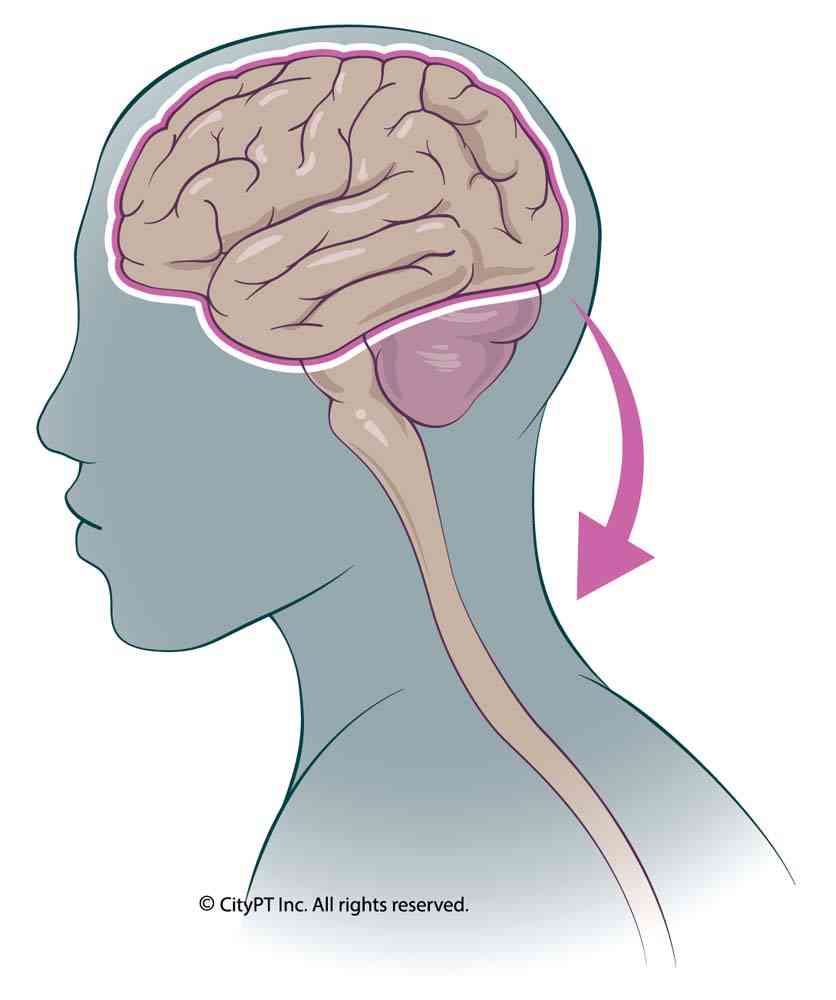
These conditions can cause muscle tension and pain. Neurochemical changes in the brain from stress, anxiety, depression, and other mental health concerns can lead to physical symptoms that need to be properly addressed. Treatment may include physical therapy, psychological intervention, medicine, lifestyle changes, and processing of trauma.
Osteoporosis
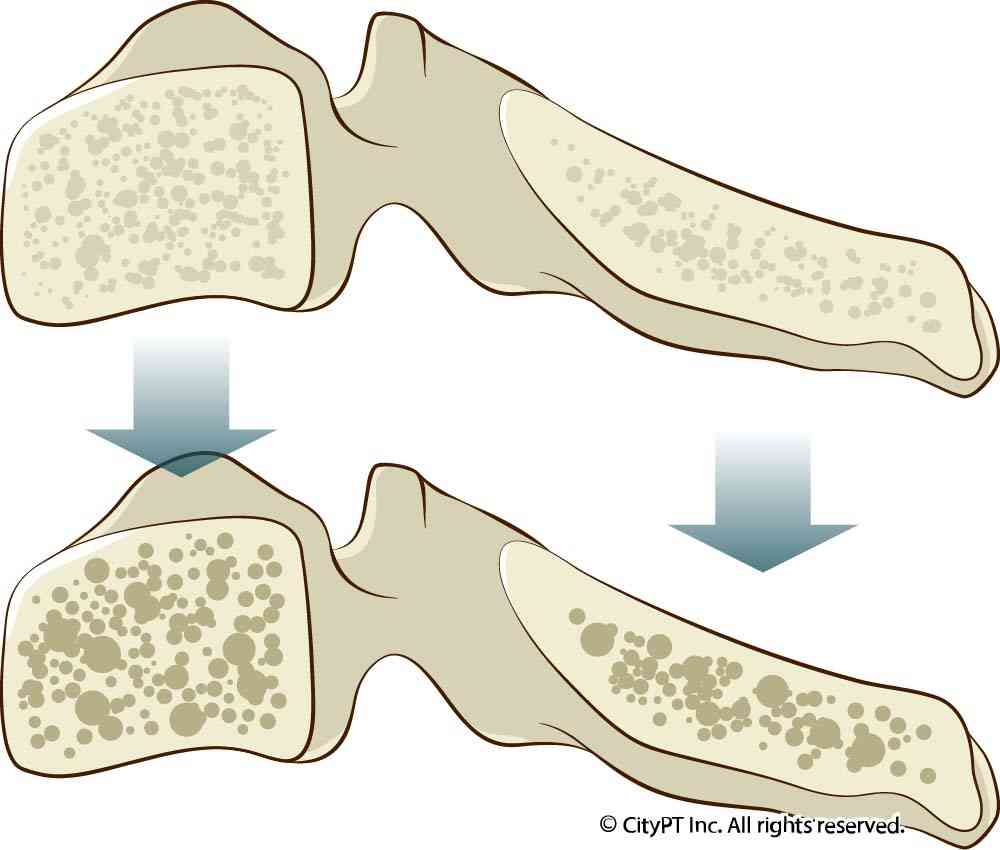
Osteoporosis is a condition where the bones of the spine become thin and porous. This can cause compression fractures of the vertebrae and lead to pain, deformity, and height loss of the spine. While this can happen in the cervical (upper) spine, it's more common to see a compression fracture in the thoracic (mid) spine.
Herniated disc
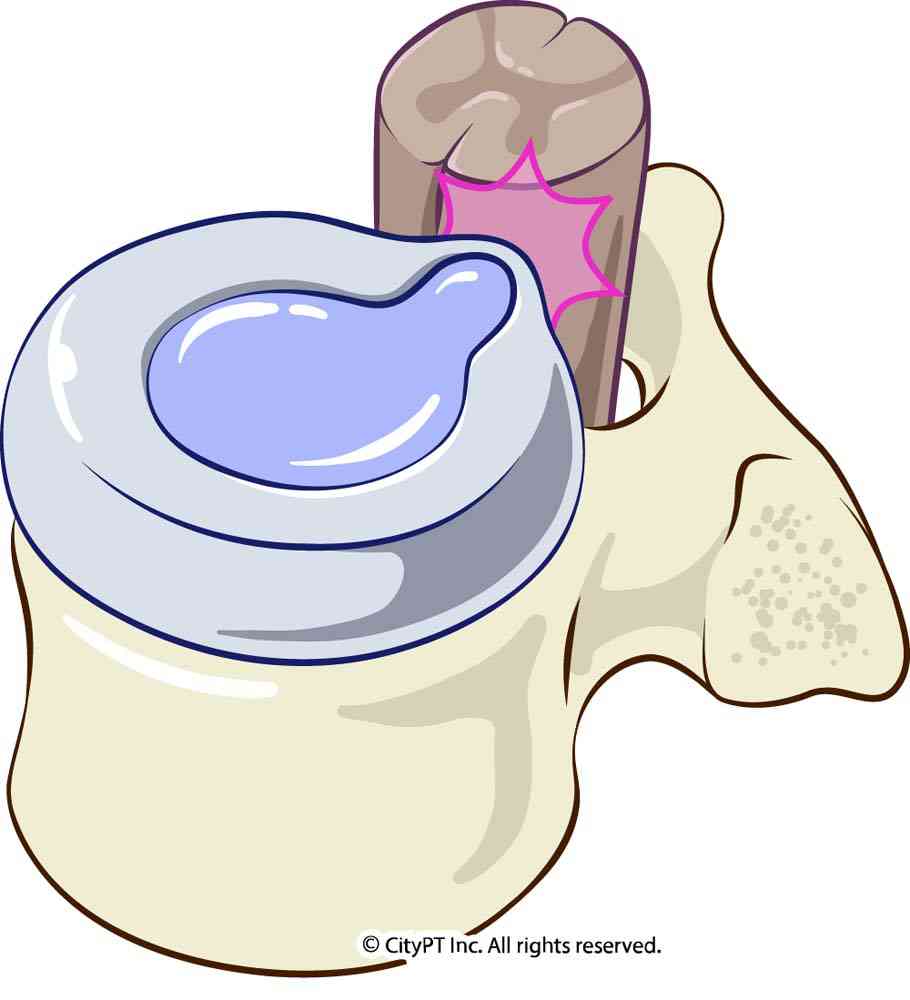
A herniated disc occurs when a weak spot or tear in its outer connective tissue causes the gel-like center of a spinal disc to shift. This can happen from an injury or degeneration over time. If the herniated disc presses on a nerve, it can cause pain, numbness, or weakness.
Hyperkyphosis
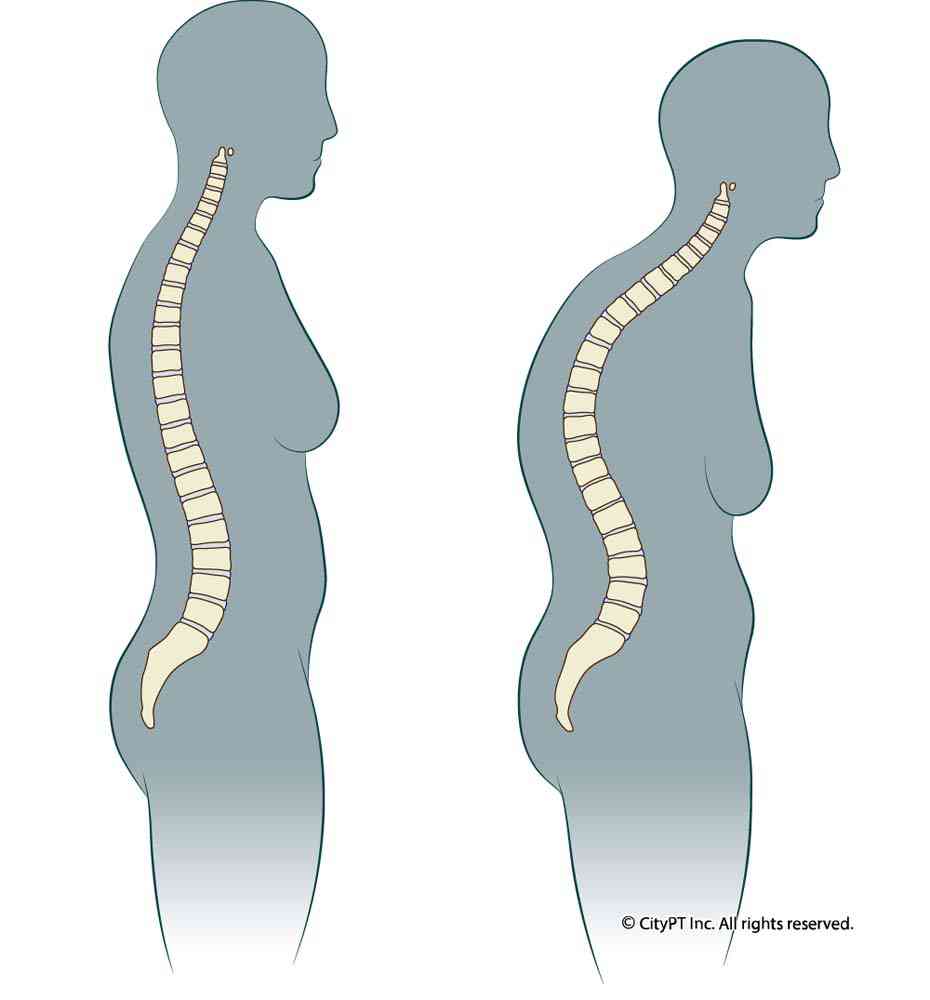
Hyperkyphosis is a condition that affects the spine and can cause a "humpback" appearance. This happens slowly over a long period of time. The exaggerated curvature of the spine can put pressure on the nerves and muscles in the neck and back, leading to pain, muscle spasms, and a stiff neck.
Radiculopathy
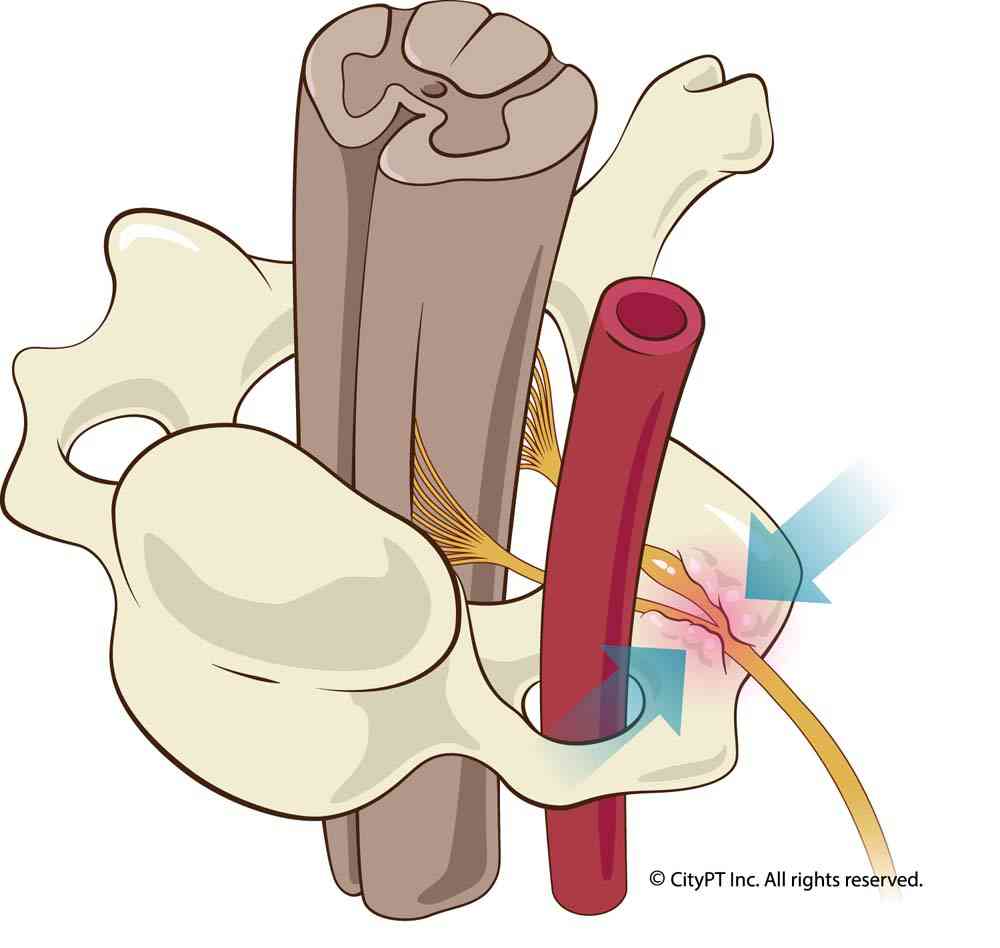
Radiculopathy, sometimes referred to as pinched nerve, occurs when one of the spinal nerve roots is compressed or irritated as it branches from the spinal cord, most often due to bone spurs or disc degeneration. It can cause pain that radiates down the shoulder and arm.
Facet Joint Syndrome
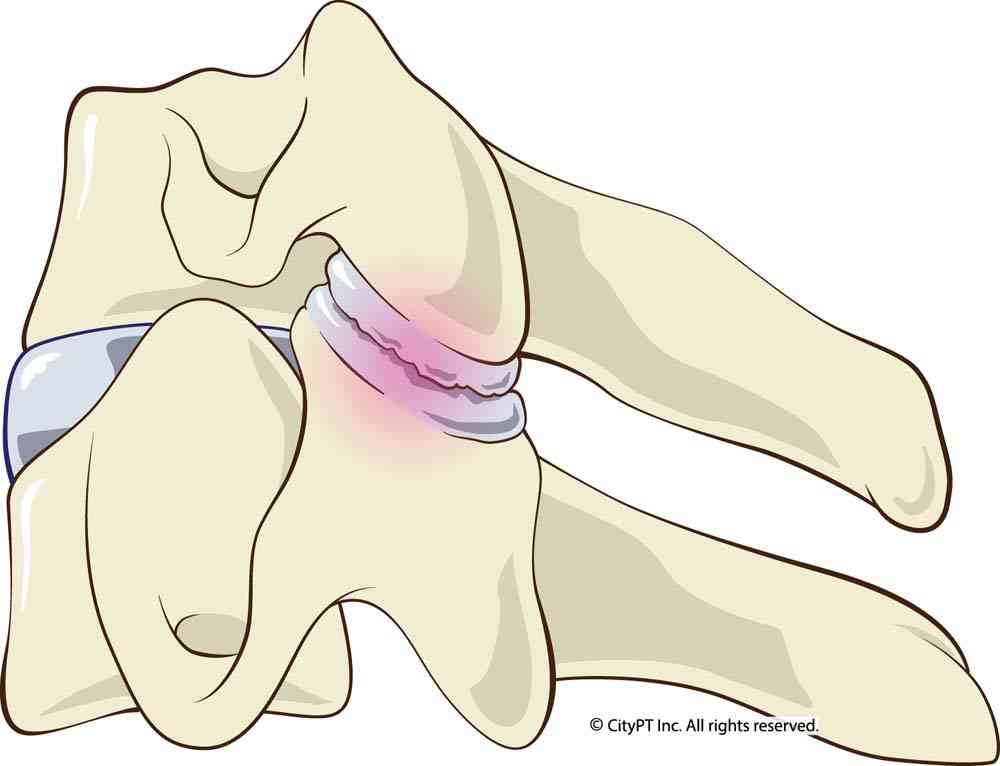
The facet joints are the small joints between each vertebra that allow for spine movement. Facet joint syndrome is a general term that describes the pain and inflammation of these joints.
Myofascial Pain
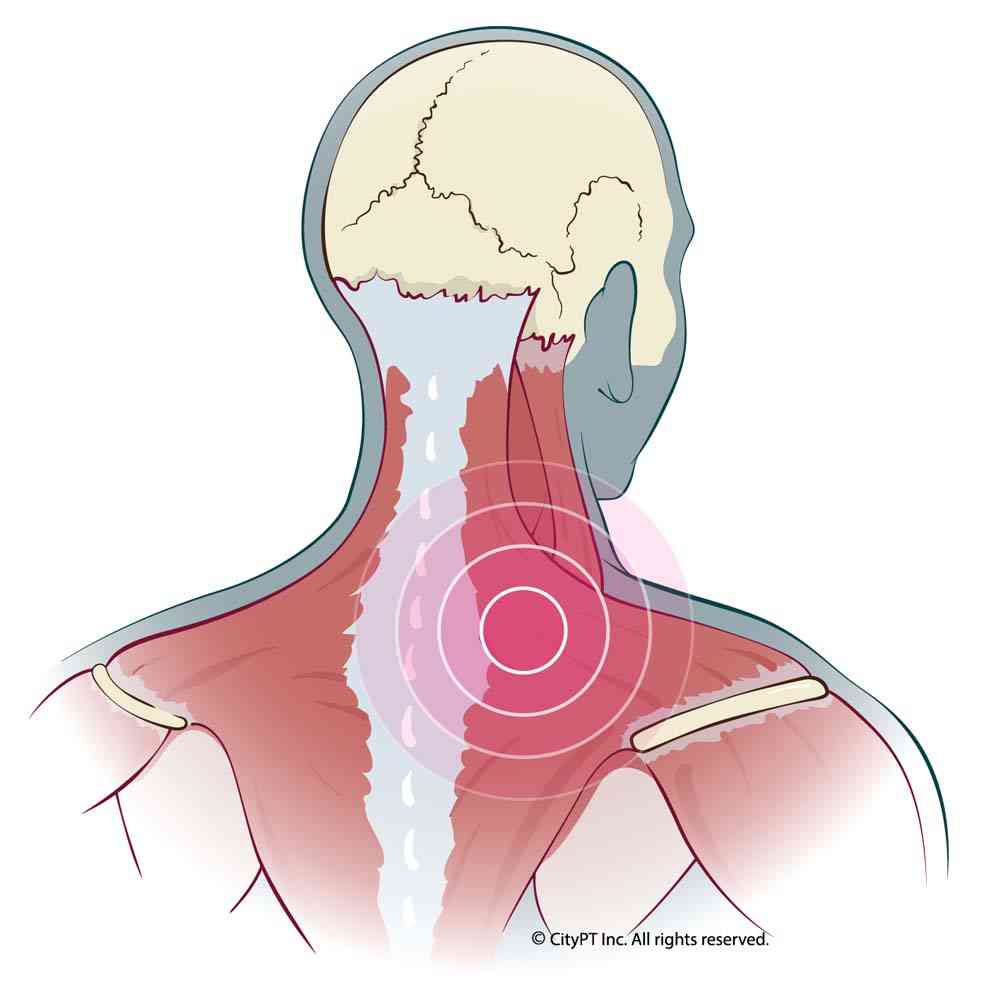
Myofascial pain is characterized by chronic muscle pain and tenderness. Trigger points, also known as muscle knots, can form in the muscle tissue and lead to pain.
Cervical stenosis
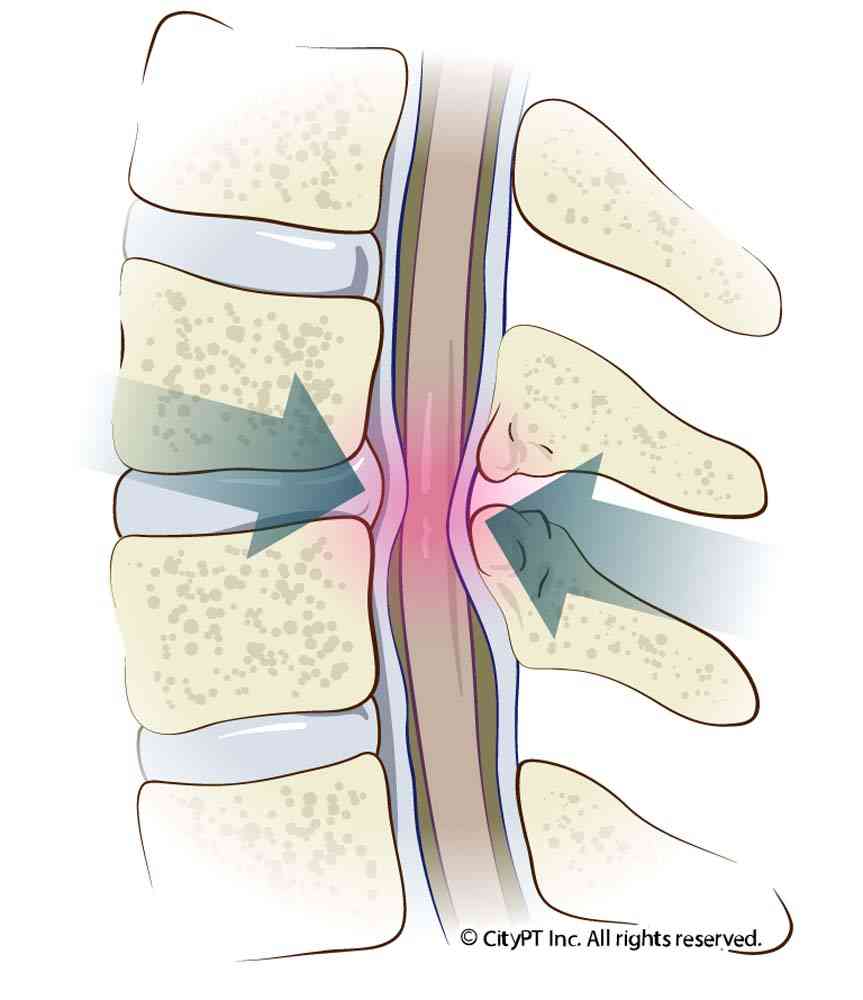
Cervical spinal stenosis is a condition where the spinal canal narrows and puts pressure on the spinal cord. This can cause pain, weakness, and numbness in the arms and legs.
Tumors
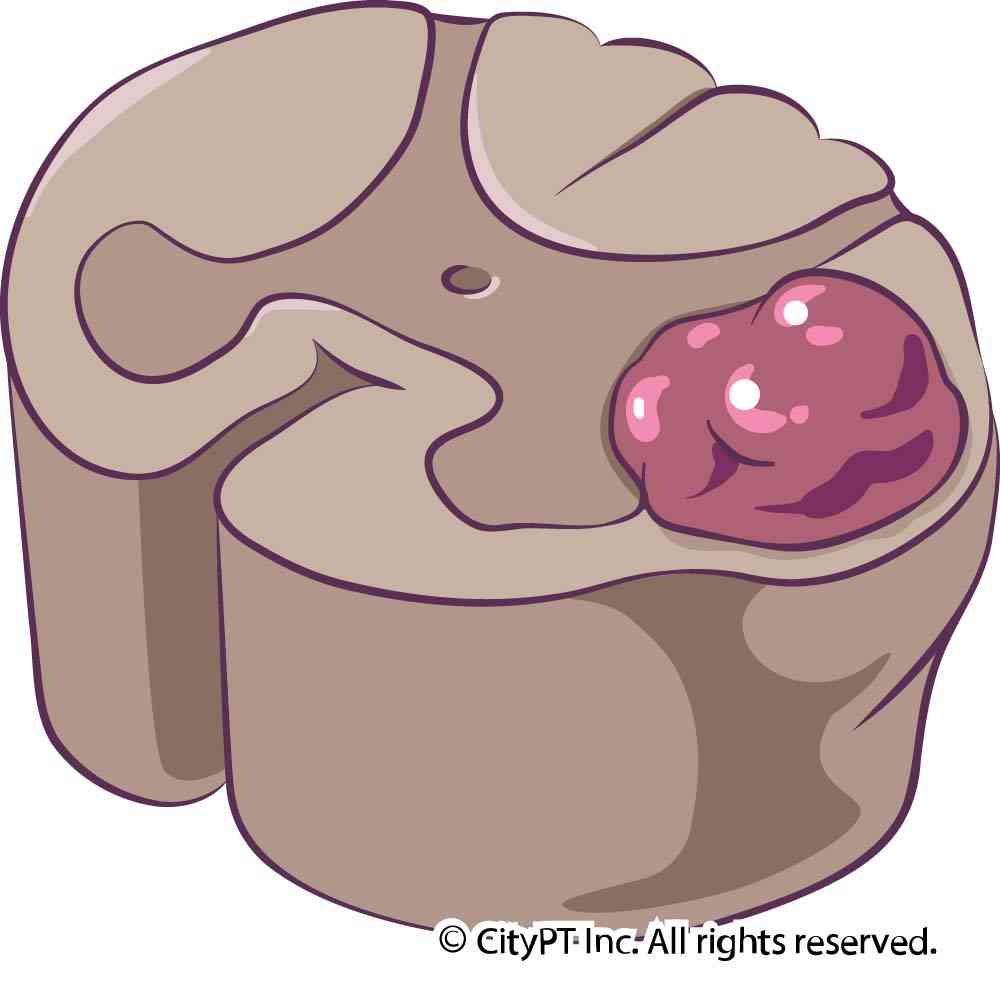
Both benign and malignant tumors can grow in the neck and cause pain.
Infection
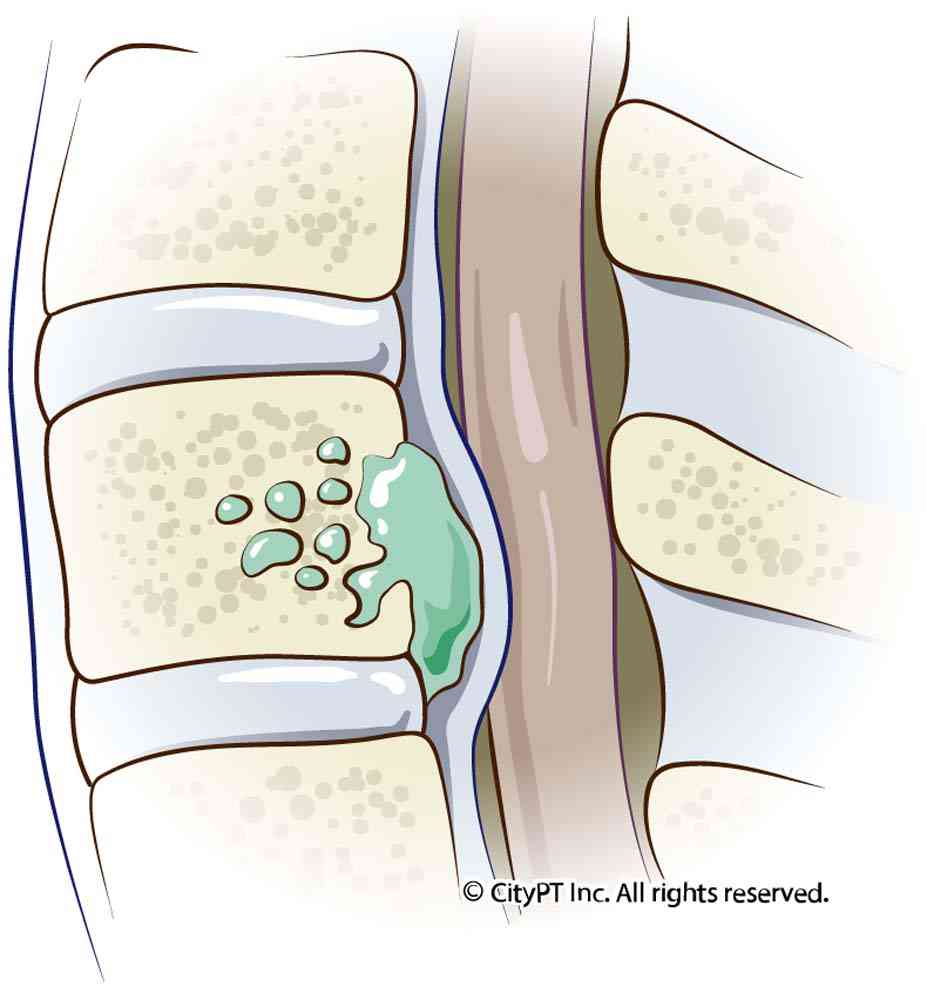
Infections of the spine, such as osteomyelitis, can cause cervicalgia.
BPPV
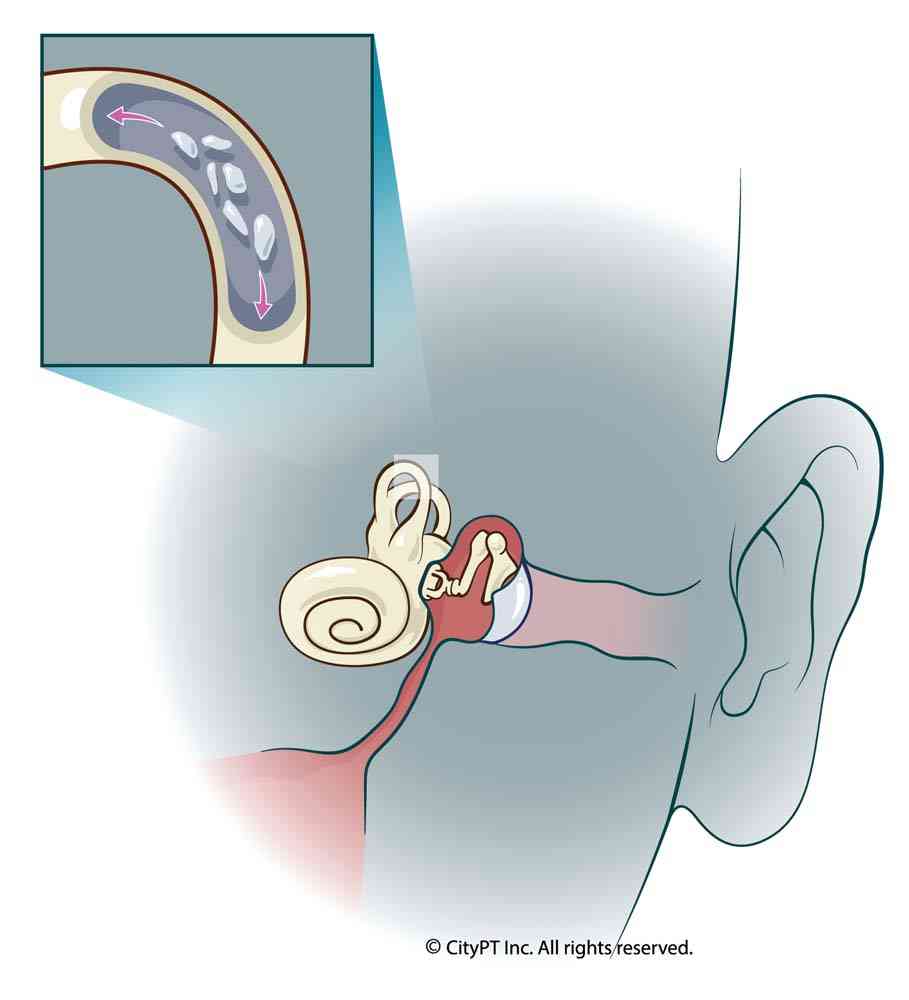
BPPV stands for Benign Paroxysmal Positional Vertigo. It is a condition that causes dizziness and nausea when you move your head in certain positions. It is thought to be caused by debris that collects in the fluid-filled canals of the inner ear. It also increases the risk of sustaining an injury from falling.
What's causing your unique neck pain?
Figuring out what's causing your neck pain is a critical first step to properly treating it and finding relief. To get the help you need, you should seek the help of a medical professional, which could be your primary doctor, a specialist, or a physical therapist. But you have a choice when it comes to the type of help you get.
Standard care, the type you would receive if you go to your regular doctor, who will ask you the following questions:
- When did your pain start?
- What activities make your pain worse?
- Does anything relieve your pain?
- What activities are you avoiding or modifying right now due to pain?
- Do you have any other symptoms, such as headache, dizziness, or numbness?
They may also order imaging tests, such as an X-ray, MRI, or CT scan, to further assess the cause of your neck pain. These tests can help to rule out serious causes of back and neck pain, such as a herniated disc or spinal stenosis. However, it's important to note that imaging does not always indicate the severity of pain or dysfunction. It must be taken into context with your current symptoms and how you're moving.
Above-standard care, also known as total care which is what CityPT clinicians provide, will also talk to you about your lifestyle, habits, and mental state to ensure all underlying pain causes are adequately addressed.
How to Prevent Neck Pain
As you can see from the list above, not all cervicalgia/neck pain is preventable. However, there are some things you can do to protect this part of your body and avoid a situation where you will need treatment. These tips also allude to how a physical therapist would approach treating your neck pain.
Some ways to prevent neck pain include:
- Take care of your neck by avoiding activities that cause excessive strain (this will differ for each individual and their activity level).
- Take frequent breaks from awkward positions (if your work or hobby requires such positions).
- Take breaks from prolonged static positions such as sitting.
- Modify aggravating moves or positions with better biomechanics and posture when possible.
- Make good posture a top priority. Although posture is dynamic and changing, try to set up your desk, car, and couch to promote optimal spine alignment to reduce strain and avoid "poor posture" habits.
- Choose places to sit that offer adequate lumbar support and keep the entire upper body erect and aligned. Imagine the head is a golf ball that needs to be balanced on a tee (your spine)!
- Lie in an optimal sleep position with the spine in neutral to ease the common onset of muscle tension and stiffness.
- Avoid using bifocal and trifocal lenses that put your neck in a suboptimal position.
- Ditch the heavy diaper bag, backpack, purse, or briefcase that puts uneven pressure on your spine- especially if they are resting over one shoulder.
- Move your body regularly. Your muscles and other connective tissues thrive on consistent exercise and movement. Try to get in some form of exercise every day if possible.
- For the neck, exercises that regularly addresses the chest muscles and shoulder muscles is essential.
- Make healthy lifestyle choices. Try simple lifestyle changes like adequate sleep, a nutrient-dense diet, stress management, hydration, and not smoking. These boost your body's tissue health via adequate blood flow to boost healing potential, reduce inflammation and decrease the risk of injury and pain.
Treat and Fix Your Neck Pain: A Physical Therapy Approach
The best treatment for cervicalgia is often a combination of self-care and physical therapy (PT).3
However, many medical professionals are quick to prescribe medications or even encourage surgery. Sometimes these are necessary, but medication usually doesn't address the core issue or present a long-term solution. Surgery has its obvious downsides: recovery, pain, insurance challenges, etc.
Physical therapy for neck pain is ideal because it allows for a more personalized approach that can lead to real results. This can address the true cause of your neck pain, not just the symptoms.
What is Involved with Physical Therapy and Neck Pain
Physical therapy for neck pain differs from patient to patient. The cause of the injury, the specific symptoms you're experiencing, as well as your own personal abilities and tolerances all go into developing an approach.
However, while tailored to you, nearly all physical therapy plans centered around neck pain involve the following things:
-
Pain Management: A physical therapist can help initially relieve pain and reduce discomfort (acute or chronic neck pain) with a combination of manual therapy techniques, modalities (ice, heat, etc.), exercises, and education.
-
Manual Therapy: Manual therapy is a type of treatment that uses the hands to expertly manipulate the soft tissues and joints of the body. It can help to release muscle tension, increase range of motion, and reduce pain when needed.
-
Modalities: These passive treatments use hot and cold packs, electrical stimulation, ultrasound, and other methods to help manage pain and promote healing. These can help alleviate pain initially but should never be the primary focus for a sustainable recovery.
-
Personalized Exercises: Exercise is an integral part of PT. They can help stretch, strengthen and balance the neck muscles, increase muscular endurance — particularly of key postural muscles — improve range of motion, and promote neural tissue health and healing. A physical therapist will work with you to design a personalized exercise program specific to your needs and goals.
-
Education: Perhaps the most important part of treatment is education. A great physical therapist will teach you about your condition, how to manage your pain, and what you can do to prevent future injuries. They will also provide information on stress reduction techniques, posture, activity modification, ergonomics, and proper body mechanics.
-
Addressing the Whole Body: They may also provide you with tools or refer you to a specialist for managing other areas of your health, such as sleep, ergonomics, and diet. These will help you get down to the root cause of your pain.
The Goal with Physical Therapy for the Neck
Again, while all physical therapy programs are a bit different, nearly all PT practitioners are focused on helping you achieve a few goals:
- Get in control of your pain: The long-term goal is to get rid of your pain altogether, but in the beginning the focus is going to be on managing pain and reducing it to more tolerable levels.
- Relief without medication: In extreme cases, medication can be helpful. But these solutions can be addictive4, and they often just treat the symptoms. Physical therapy will help you find relief in a more sustainable way and without having to alter your body chemistry.
- Avoiding surgery: While sometimes necessary, it's often not. And surgery can be expensive, invasive, and disruptive. A tailored physical therapy treatment plan can help you avoid surgery and find relief in a more manageable way.
How to Choose a Physical Therapist for Neck Pain
A big part of whether or not you will successfully treat your neck pain using physical therapy is the therapist you choose to work with. And despite how it might feel when dealing with insurance-based therapy, you do actually have a choice.
As you search around for the right therapist, keep the following things in mind:
- Make sure they are board certified. This ensures they have the qualifications to treat you in a safe and effective way.
- Check for experience with neck pain. This is a very specific type of physical therapy, so don't trust your treatment with someone who is unsure about this area of the body.
- Confirm their availability. Most insurance-based PT models start off with a 60-minute session followed by just 20-minute sessions after that. Make sure you work with someone who can spend at least 45 minutes with you every time you meet.
This last point can be tricky, but there are plenty of options available. And if your schedule really doesn't allow for extended office visits, consider the many advantages of virtual physical therapy for accessing above-standard care from the comfort of your home.
Don't Suffer Through Your Neck Pain! Get the Help You Need
If you struggle to find pain relief, consider contacting a CityPT clinician. Thanks to our unique model, CityPT clinicians have more time for their patients and are capable of creating highly personalized therapy plans that actually work and that can be easily and quickly adapted and improved when needed.
They can also help you maintain and improve your quality of life by helping you live without suffering excessive pain.
Are you ready to feel your best and feel in control of your neck pain? Contact us today to book an appointment. We would be more than happy to help you.
This guide is intended for informational purposes only. We are not providing legal or medical advice and this guide does not create a provider-patient relationship. Do not rely upon this guide (or any guide) for medical information. Always seek the help of a qualified medical professional who has assessed you and understands your condition.
References
Footnotes
-
Physiopedia. Epidemiology of Neck Pain. Physio-pedia.com Accessed May 3, 2022. https://www.physio-pedia.com/Epidemiology_of_Neck_Pain ↩
-
Slosar, Paul. Cervical Spine Anatomy. Spinehealth.com. Accessed May 3, 2022. https://www.spine-health.com/conditions/spine-anatomy/cervical-spine-anatomy ↩
-
Steven P. Cohen. Epidemiology, Diagnosis, and Treatment of Neck Pain. Mayo Clinic Proceedings. Volume 90, Issue 2, 2015, Pages 284-299, ISSN 0025-6196. https://doi.org/10.1016/j.mayocp.2014.09.008 ↩
-
Sun E, Moshfegh J, Rishel CA, Cook CE, Goode AP, George SZ. Association of Early Physical Therapy With Long-term Opioid Use Among Opioid-Naive Patients With Musculoskeletal Pain. JAMA Netw Open. https://jamanetwork.com/journals/jamanetworkopen/fullarticle/2718095 ↩
